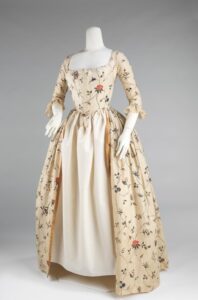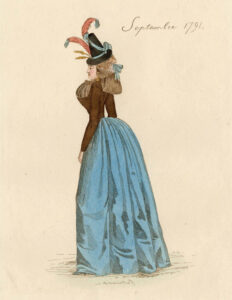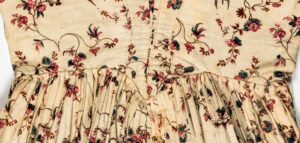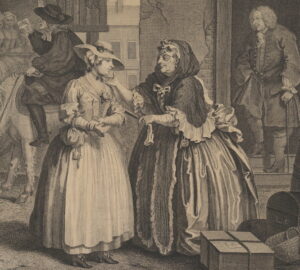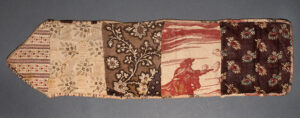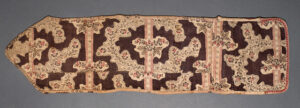The morning after
After ten years of work, I recently finished a book on Early America’s most sensational rape trial and its long aftermath. In the opening scene of The Sewing Girl’s Tale: A Story of Crime and Consequences in Revolutionary America (2022), I evoke the image of seventeen-year-old Lanah Sawyer sitting in the back room of a New York brothel one morning in the summer of 1793, with a needle and thread, repairing her damaged gown. Lanah had been assaulted the previous night, and then trapped in that small, dark, space. But she didn’t want to leave until she could appear “in the streets decently.”
A month later, during the young woman’s prosecution of Henry Bedlow for rape, the attorney general produced the gown in court. It was the only piece of forensic evidence introduced by either side. Despite Lanah’s skill, signs of damage were still visible; legally, they were what made it significant. For the prosecution, the gown’s rips and tears were evidence: proof that Bedlow’s assault had been violent and that Lanah’s resistance had been vigorous.
Lanah Sawyer’s story highlights the importance of the modern distinction between our fear of “stranger danger” and the realities of acquaintance rape—a distinction that this rape trial helped create. By 1793, rape was commonly defined as the “carnal knowledge of a woman forcibly and against her will”—though the word “forcibly” wasn’t in the original statute. It had been added by legal commentaries published in the eighteenth century as part of a broader effort to narrow the effective definition of rape to cases involving violent surprise attacks by lower-status strangers.
Most notably, the English jurist Matthew Hale had emphasized the supposedly enormous power of a woman bringing a rape charge and the possibility that her claim was “false and malicious.” The accuser’s credibility, he proposed, should be evaluated in light of specific circumstances: Did she have a good reputation? Did she cry out for help when attacked? Did her body bear the signs of physical violence? Did she report the crime while it was still recent? During Lanah Sawyer’s prosecution of Henry Bedlow in 1793, his defense lawyers relentlessly tried to push the law even further—raising virtually impossible standards for victims of acquaintance rapes. “The life of a citizen,” they reminded the all-male jury, “lies in the hands of woman.” The result made prosecuting sexual assaults among acquaintances all but impossible.
Over the years, I’ve pieced together the fragmentary references to Lanah’s Sawyer’s clothing in William Wyche’s Report of the Trial of Henry Bedlow (1793) and puzzled over what they add up to. What would her gown have looked like? How would it have been constructed? Where would she have carried the sewing equipment needed to repair it? And what did the evidence of the damaged gown tell us?
To answer these questions, I’ve researched the fashions of the period. I’ve consulted with leading experts. And I’ve have had the good fortune to examine in person a number of dresses and accessories that date back to Lanah Sawyer’s day.
Linda Baumgarten
My assumptions about Lanah Sawyer’s clothing were transformed about five years ago, when I met with Linda Baumgarten at Colonial Williamsburg. She is a leading expert on early American textiles and the author of several important books, including What Clothes Reveal: The Language of Clothing in Colonial and Federal America (2002).









